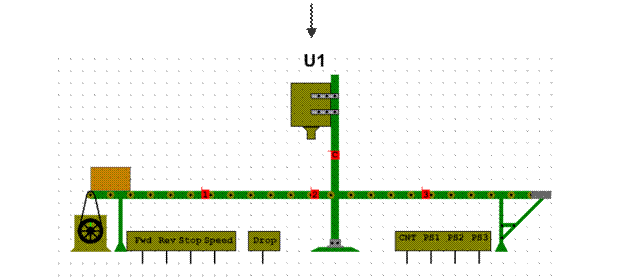TIMBER and TIMBER PRODUCTS
Timber, arguably the original building material, retains its prime importance within the construction industry because of its versatility, diversity and aesthetic properties. About 20% of the earth’s land mass is covered by forests, divided roughly two thirds as hardwoods in temperate and tropical climates and one third as softwoods within temperate and colder regions. Approximately a third of the annual worldwide timber harvest is used in construction, and the rest is consumed for paper production, as, or wasted during the logging process. The main constituents of timber are cellulose, hemicellulose and lignin, which are natural polymers. Cellulose, the main constituent of the cell walls, is a polymer made from glucose, a direct product of photosynthesis within the leaves of the tree. Glucose molecules join together to form cellulose chains containing typically 10, 000 sugar units. Alternate cellulose chains, running in opposite directions to each other, form a predominantly well-ordered crystalline material. It is this crystalline chain structure which gives cellulose its fi brous properties, and accounts for approximately 45% of the dry weight of the wood. Commercial timbers are defi ned as hardwoods or softwoods according to their botanical classifi cation rather than their physical strength. Hardwoods are from broad-leafed trees, which in temperate climates are deciduous, losing their leaves in autumn, although in tropical climates, when there is little seasonal variation, old leaves are constantly being replaced by new. Hardwood fl ooring has a proven track record for durability and aesthetic impact. Both solid timber and plywood laminates with a 4 mm hardwood wearing layer are commercially available. The standard timbers are the European oak, beech, birch, ash, chestnut, walnut and maple, but additionally some imported hardwoods with darker grain colours are available and interesting effects are produced with bamboo. The timbers are frequently offered with minimal knots and uniform graining or as rustic with knots and a larger variation of colour. Laminates are usually prefi nished but solid timber may be sealed with oil or lacquer after installation on site. Softwoods are from conifers, characteristically with needle-shaped leaves, and growing predominantly in the northern temperate zone. Mostly they are evergreen, with the notable exception of the European larch and they include the Californian redwood, the world’s largest tree with a height of over 100 metres. Western red cedar has long been the preferred timber for external timber claddingbecause of its durability and warm colour. However, recently the popularity of larch and Douglas fi r as softwood cladding has increased as greater emphasis is placed on the use of renewable resources from sustainable forests due to its moderate durability to decay and more resistance to impact damage.
5 Read the text again and answer the questions that follow (1-7): 1. Why is timber considered to retain its prime importance within the construction industry? 2. What climate areas do hardwoods and softwoods cover? 3. Which are natural polymers? Characterize each of them. 4. What is commercially available among hardwoods? 5. What kinds of trees are mentioned in the text? 6. How can you characterize softwoods? 7. What softwoods are preferable for external timber cladding? Why? Follow-up 6 a) Find the synonyms for the words given in italics.
|




